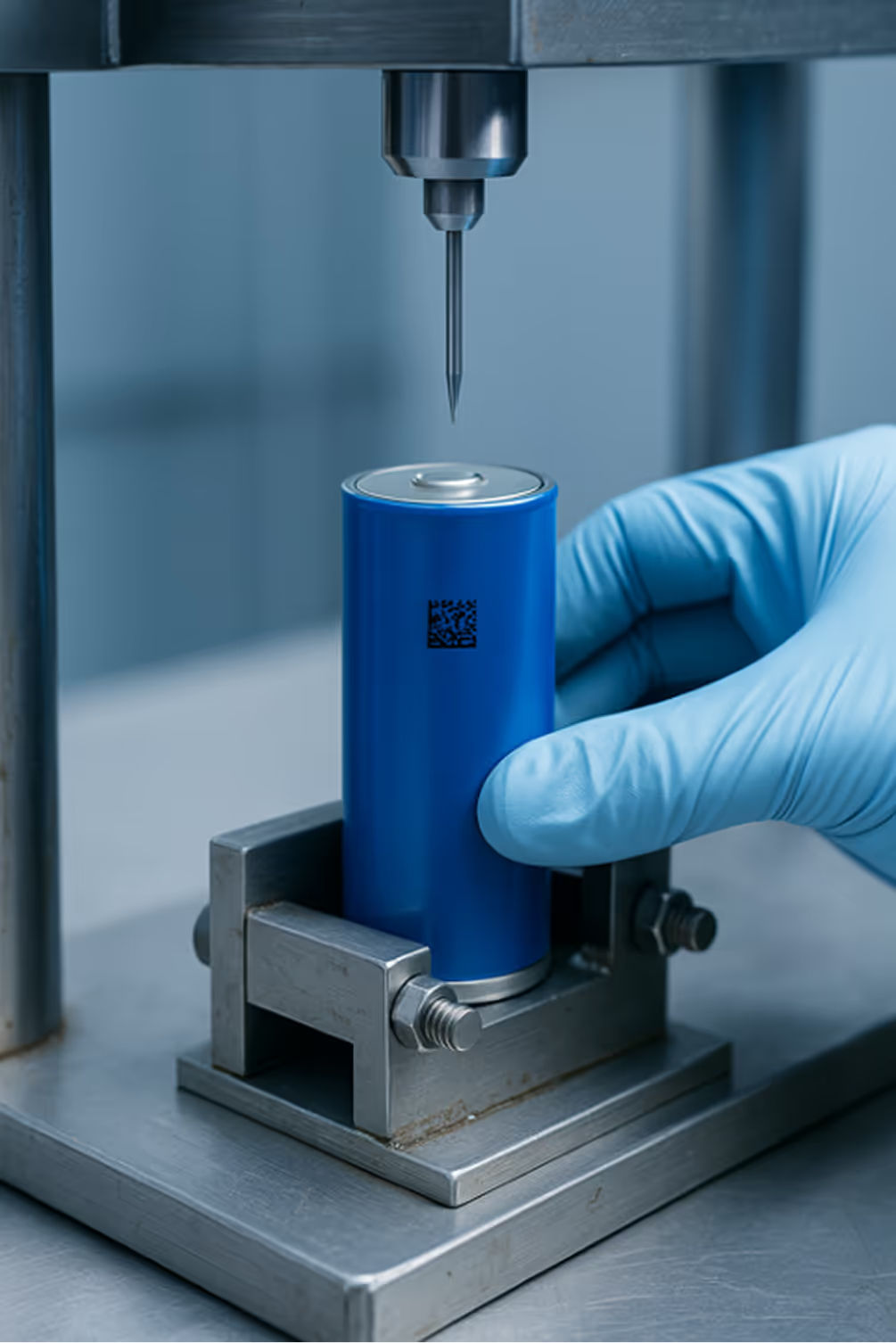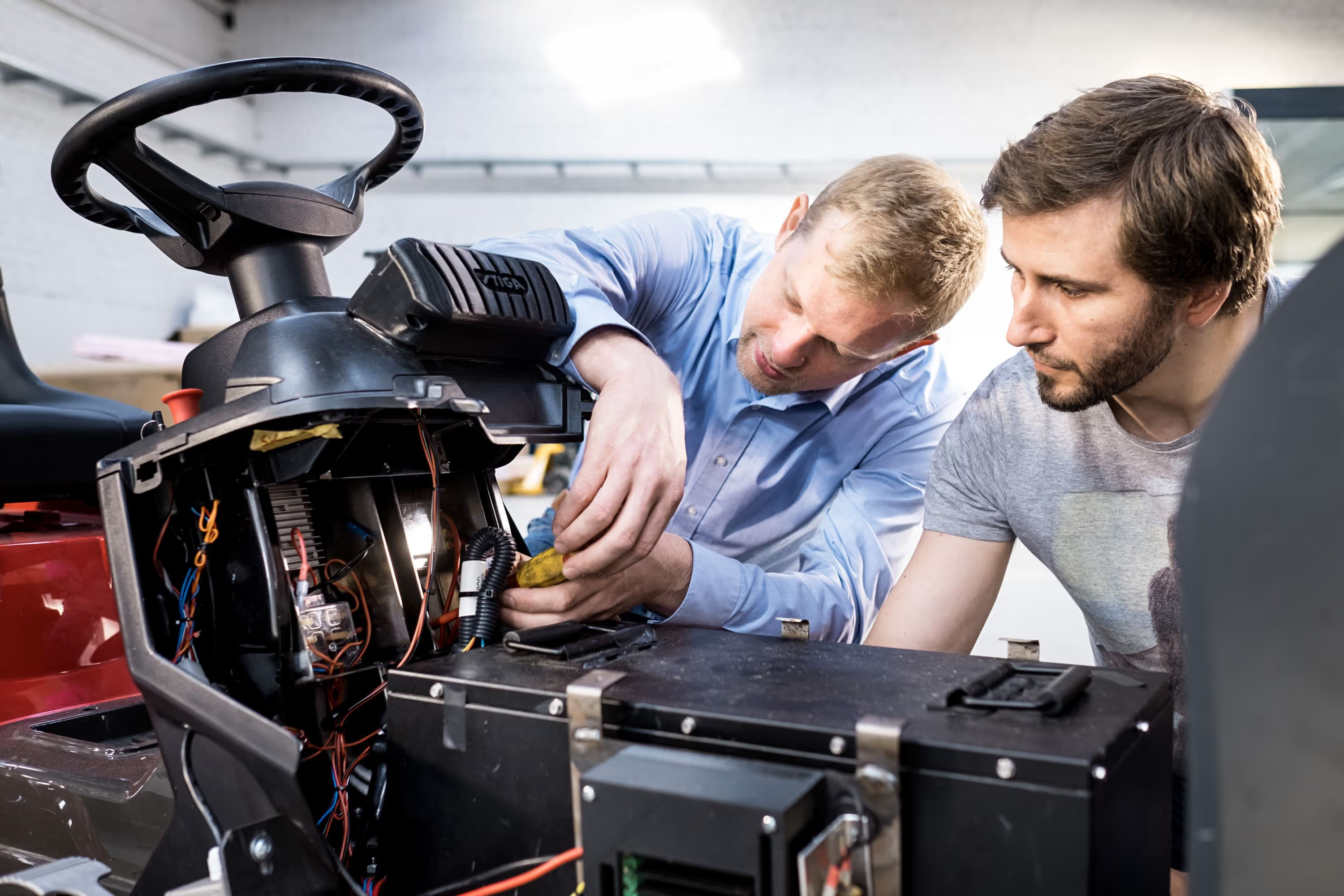ECE R100
ECE R100 is a United Nations Economic Commission for Europe regulation that sets comprehensive safety requirements for rechargeable energy storage systems in electric vehicles, focusing on electrical, mechanical, and environmental aspects to ensure global compliance.
ECE R100 is a pivotal United Nations Economic Commission for Europe regulation that establishes stringent safety standards for rechargeable energy storage systems used in electric vehicles, addressing risks such as electrical shocks, thermal runaway, and mechanical failures to protect users and the environment.
The rapid adoption of electric vehicles has intensified the need for robust battery safety frameworks, making ECE R100 a cornerstone for industry professionals. This regulation not only mitigates hazards but also fosters innovation by setting clear benchmarks for performance and reliability. As battery technologies evolve, understanding ECE R100's provisions is essential for navigating global markets and ensuring product integrity.
Understanding ECE R100
ECE R100, formally known as the "Uniform Provisions Concerning the Approval of Vehicles with Regard to Specific Requirements for the Electric Power Train," is a harmonized standard under the UNECE World Forum for Harmonization of Vehicle Regulations. It applies to vehicles equipped with rechargeable energy storage systems, including battery electric vehicles and hybrids, and covers aspects like voltage safety, isolation, and crash performance. For battery industry experts, this regulation serves as a critical reference for design, testing, and certification processes, ensuring that products meet international safety norms without compromising on efficiency.
Historical Context and Evolution
Originally introduced to address the unique risks of high-voltage systems in electric mobility, ECE R100 has undergone revisions to incorporate advancements in battery chemistry and thermal management. Key updates include enhanced requirements for lithium-ion batteries, reflecting lessons from real-world incidents. Professionals must stay abreast of these changes to align product development with the latest safety protocols, reducing liability and enhancing market competitiveness.
Key Definitions and Scope
The regulation defines critical terms such as "Rechargeable Energy Storage System" (RESS), which encompasses batteries and their management systems, and "Voltage Class," which categorizes systems based on operational voltage levels. It applies to light and heavy-duty vehicles, excluding certain industrial applications, and emphasizes whole-vehicle integration rather than isolated components. This holistic approach necessitates collaboration across supply chains, from cell manufacturers to OEMs, to achieve seamless compliance.
Core Requirements and Safety Standards
ECE R100 mandates a multi-faceted safety framework, focusing on electrical, mechanical, and environmental integrity to prevent failures under normal and abusive conditions. Compliance involves rigorous testing and documentation, which professionals must integrate into their quality assurance systems. By adhering to these standards, companies can reduce recalls, enhance brand trust, and accelerate time-to-market for new technologies.
Electrical Safety Provisions
Electrical safety under ECE R100 includes requirements for isolation resistance, protection against direct and indirect contact, and overcurrent protection. For instance, batteries must withstand high-voltage tests without leakage or breakdown, ensuring user safety during charging and operation. Professionals should implement robust Battery Management Systems (BMS) to monitor parameters like state of charge and temperature, aligning with the regulation's emphasis on proactive risk management.
Mechanical and Structural Integrity
Mechanical tests assess battery resilience to vibrations, shocks, and crush forces, simulating real-world scenarios such as collisions. ECE R100 specifies criteria for containment and stability, preventing thermal runaway or electrolyte leakage. Engineers must design enclosures and mounting systems that meet these benchmarks, often using advanced materials and simulation tools to optimize performance while minimizing weight and cost.
Testing Procedures and Certification
Testing under ECE R100 involves a series of validated procedures conducted by accredited laboratories, covering electrical performance, environmental exposure, and abuse tolerance. Certification requires submission of test reports and technical documentation to national authorities, enabling type approval for vehicle sales in participating countries. For professionals, this process demands meticulous planning and resource allocation, as non-compliance can lead to market exclusion and financial penalties.
Standardized Test Protocols
Key tests include the insulation resistance measurement, short-circuit evaluation, and thermal cycling, each designed to verify safety under extreme conditions. For example, the overcharge test checks battery response to excessive charging currents, critical for preventing fires. Industry experts should leverage automated testing equipment and data analytics to streamline these protocols, improving accuracy and reducing turnaround times.
Documentation and Compliance Reporting
Documentation requirements under ECE R100 encompass technical specifications, test results, and risk assessments, which must be maintained throughout the product lifecycle. Professionals need to establish traceability systems that link design choices to regulatory clauses, facilitating audits and updates. Effective documentation not only ensures compliance but also supports continuous improvement by identifying areas for enhancement in future iterations.
Strategic Implications for Battery Professionals
For battery manufacturers, component suppliers, and EV producers, ECE R100 compliance is not merely a legal obligation but a strategic advantage. It influences R&D priorities, supply chain partnerships, and customer perceptions, driving innovation in safer, more efficient energy storage solutions. By embedding regulatory requirements into early design phases, companies can avoid costly redesigns and capitalize on emerging opportunities in the global EV market.
Impact on Product Development and Innovation
ECE R100 encourages the adoption of advanced materials and technologies, such as solid-state batteries or enhanced cooling systems, to meet safety benchmarks. Professionals must balance performance metrics with regulatory constraints, often using modeling software to predict behavior under test conditions. This alignment fosters a culture of safety-first innovation, where compliance becomes a catalyst rather than a barrier to breakthroughs.
Risk Management and Market Access
Non-compliance with ECE R100 can result in product recalls, legal liabilities, and reputational damage, highlighting the importance of integrated risk management. Professionals should conduct regular gap analyses and training programs to address evolving standards. Moreover, certification under ECE R100 facilitates access to key markets like Europe and Asia, where harmonized regulations reduce trade barriers and support economies of scale.
Conclusion and the Role of Expert Partners
In summary, ECE R100 is a foundational element of electric vehicle safety, demanding expertise in testing, documentation, and compliance from battery industry professionals. Its comprehensive approach ensures that innovations in energy storage align with global safety norms, protecting users and promoting sustainable mobility. As regulations evolve, staying informed and proactive is crucial for maintaining competitive edge and driving the transition to electrified transportation.
PEM Motion supports battery manufacturers, component suppliers, OEMs, and EV producers in navigating the complexities of ECE R100 and other international standards. As an international engineering and consulting partner specializing in battery technology, PEM Motion offers key expertise in Battery Testing & Compliance, BMS Solutions, Training, and Operations Support. Their services include guiding clients through testing procedures, preparing essential documentation, and ensuring full regulatory adherence, thereby reducing time-to-market and enhancing product safety. By leveraging PEM Motion's insights, companies can address challenges in battery development efficiently, focusing on innovation while meeting stringent compliance requirements.
Our Focus
What we do

BATTERY Compliance
We ensure your batteries meet all compliance standards for safety and performance.

OPERATIONS & TRAINING
We empower your team with comprehensive training and operational consultation for battery technology and energy storage solutions.

BMS SOLUTIONS
We offer a wide range of Li-Ion battery solutions and Battery Management Systems for various industries.












